3D printed prostheses are fast becoming a more accepted and viable option, and they’re about to become competitive.
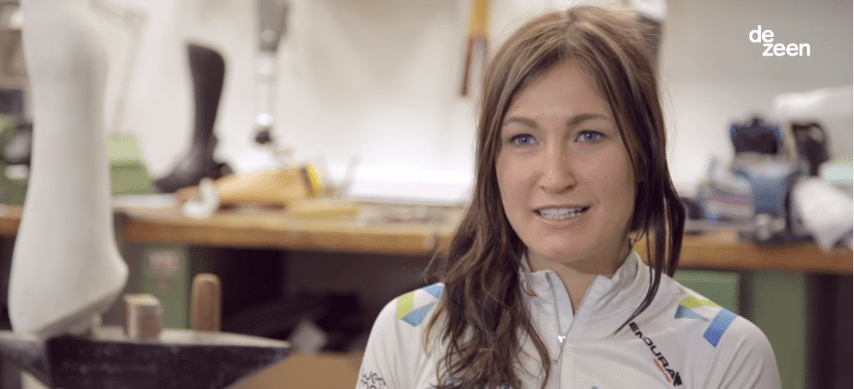
This is Denise Schindler, a paralympian and leg amputee from Germany. She won a silver medal at the 2012 Paralympic Games in London. She unfortunately lost the lower part of her right leg below the knee, as a child after an accident. In order to cycle, she uses a prosthetic leg specially designed to work with her bicycle.
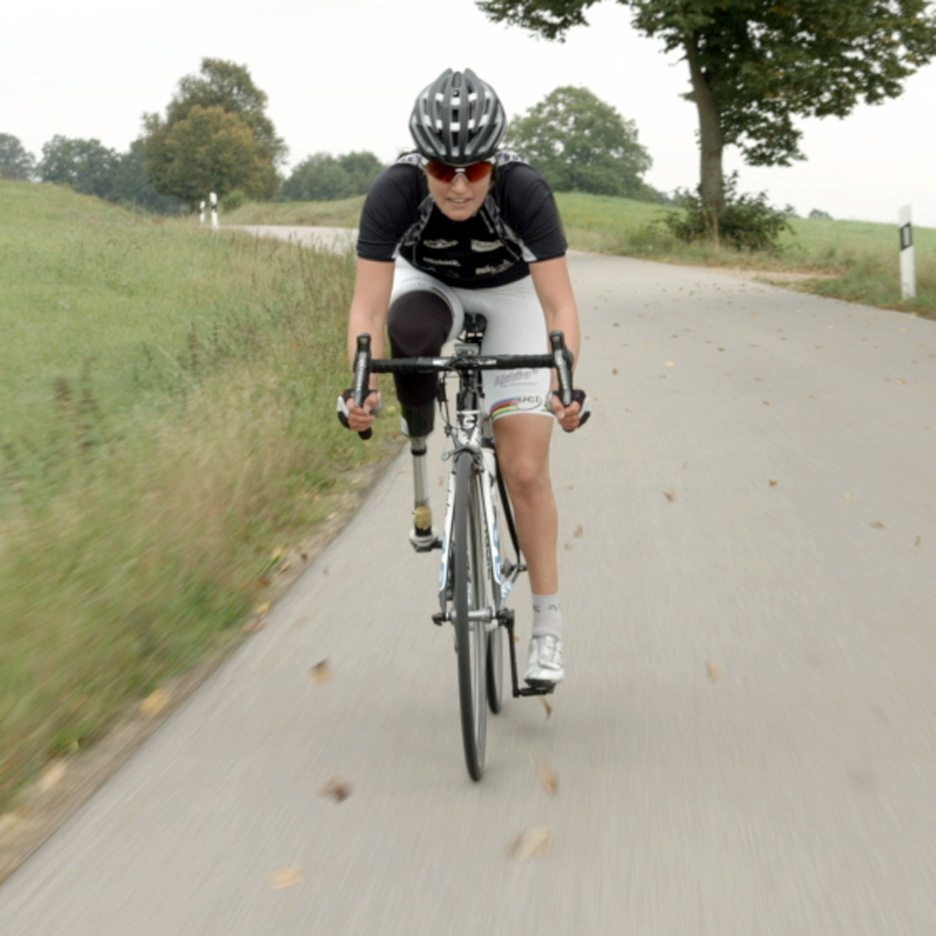
Working with Autodesk Product Designer Paul Sohi, they are developing a prosthetic limb that’s entirely 3D printed, to be used in the Rio 2016 Paralympic Games. It’s said to be the first to compete in the games.
“This is going to be the world’s first prosthetic at the Paralympics that has been 3D printed,” says Sohi. “We’re at a stage technology-wise to initiate a paradigm shift in this industry.”
Originally, Schinler’s carbon-fibre protheses were made by hand. Relying on a person to make these custom-made tools was a very time consuming and expensive process, so it is hoped that 3D printing an alternative could work out to be less cost worthy whilst remaining reliable and useful. As well as working with Sohi on this project, the expertise and experience of Schindler’s orthopaedic technician, Thomas Wellmer, has been particularly useful throughout the project.
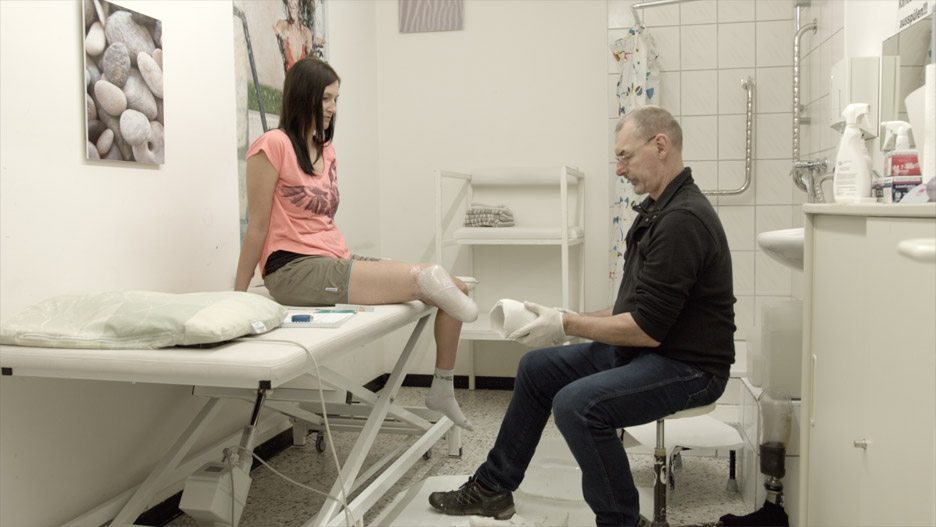
“Right now things still happen by hand and it takes a long time,” Sohi explains. “But plaster casting can become 3D scanning, socket design can become digital sculpting, carbon-fibre moulding can become 3D printing.”
Sohi used Autodesk Fusion 360 to model the prosthetic, and a scan of her right leg was used to ensure the prosthetic would fit.
“Fusion 360 is an all-in-one software package, so it does modelling, animation and simulation,” Sohi explains. “We could very quickly make changes and then see how that was going to affect things like the stress on the material.”
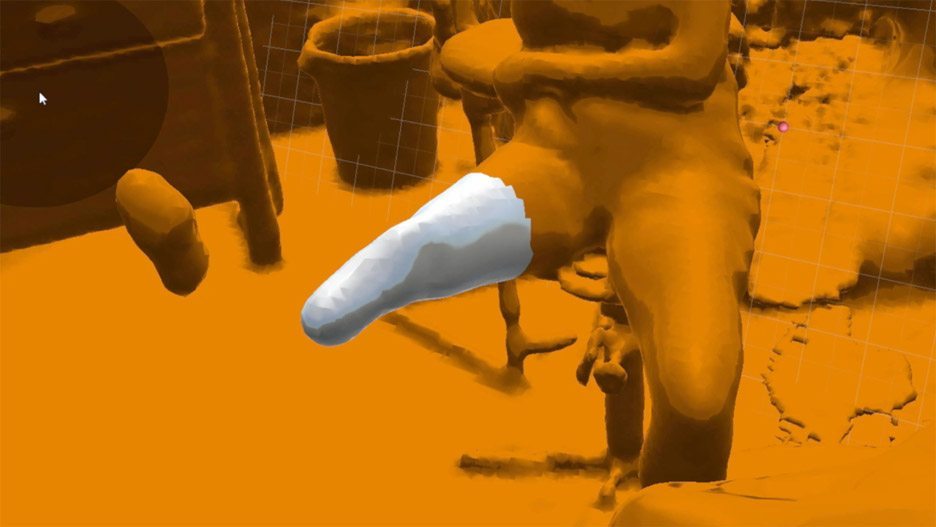
This project has allowed for Sohi to design the prosthetic not as a way to help the wearer to walk or cycle. The prosthetic Schindler uses is also a tool, a piece of kit, which is being used to hopefully win a gold medal. This meant he has had to bear in mind so much more than just ergonomic considerations. Aerodynamics also play a big part in allowing cyclists to have the speed to succeed, so much so that this prosthetic would have to also be designed with aerodynamic considerations, just like Olympic bikes are too.
In Schindler’s case she’ll be taking part in various different road and track events in Rio de Janeiro, though in the long term it is hoped that the lessons learned could help with the development of other prostheses, whilst making them more accessible and cost less. “Because everything is digitally distributable, you can democratise the manufacturing and you can build prosthetics anywhere in the world,” says Sohi. “This is very much the future of prosthetics.”
The one in question though, has been tested and developed in various forms, and has been printed in two parts in polycarbonate.
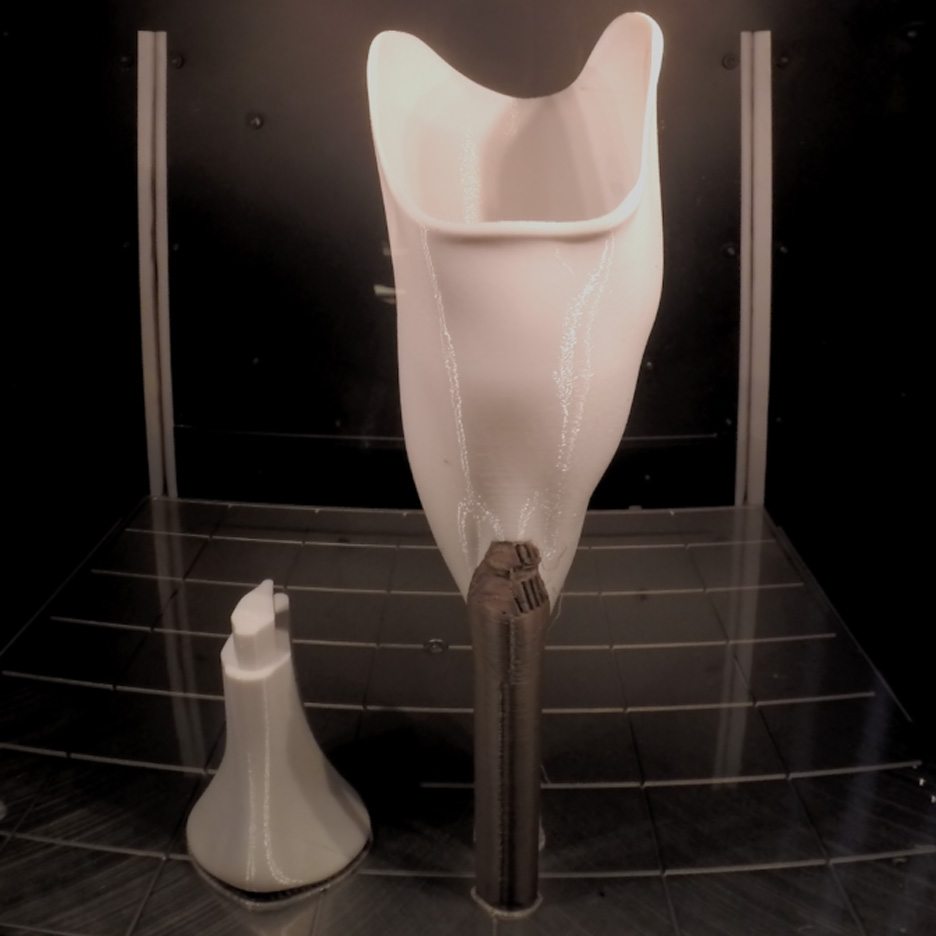
Development has meant that Schindler is training with the latest version of the prosthetic, though there is still more development to come to improve the aerodynamics of it. “With the last version we have definitely achieved a goal in that I can really ride with it,” Schindler says. “I was even training outside and on the track, so I’ve been really surprised with what a big step we have made already.” She is particularly passionate about opening up the world of sports to other amputees, as many feel they can no longer fulfil their potential after losing part of, or a full limb. “The new technology is great for me, but my big goal is really to open up the sports world for the average amputated person,” Schindler says. “It makes a big difference if you have been amputated and you still have the chance to be active, to be self confident, to enjoy life and not to give up.”
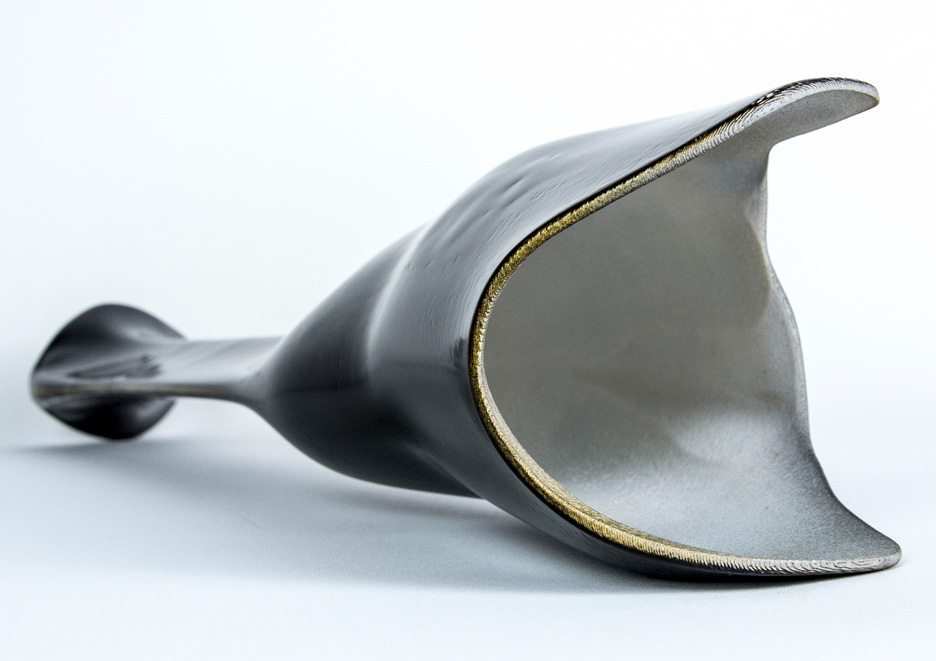
The success of this project, however, brings up some possible issues regarding rules and what is deemed appropriate for competitions. What if a 3D printed prosthetic put an Olympian at an unfair advantage? How could rules be made for these sorts of issues? Do we already face similar problems with equipment used in sports competitions? At least at the moment, Schindler can compete with her futuristic, aerodynamic prosthetic, but who knows how things can change as 3D printing bores further into sports.
The video below was filmed by Dezeen at Reha-Technik Wellmer und Schmidbauer, Germany. Additional footage was taken by Senger Prager.



